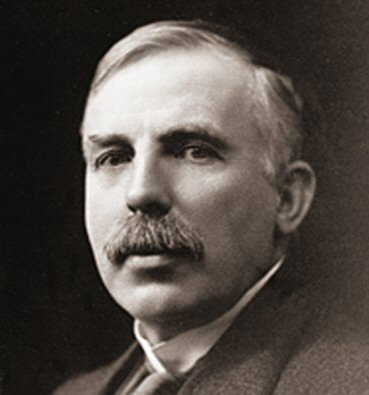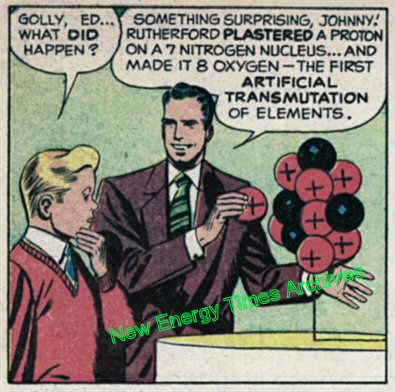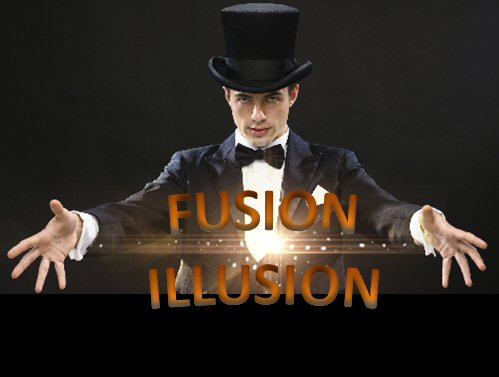June 4, 2019 — By Steven B. Krivit —
Fourth in a Series of Articles on the Rutherford Nitrogen-to-Oxygen Transmutation Myth
New Zealander John Campbell, a promoter of New Zealand-born physicist Ernest Rutherford (1871-1937), has agreed to stop asserting that Rutherford was the world’s first person to transmute elements by changing nitrogen into oxygen. The Rutherford transmutation claim has been one of the longest-standing myths in the history of modern physics. Campbell had been a leading proponent of the myth.
For decades, Campbell has also asserted that, because Rutherford made the nitrogen-to-oxygen transmutation discovery, Rutherford was the “world’s first successful alchemist.”
Excerpt from Campbell’s June 13, 2018, presentation at the Fermi National Accelerator Laboratory




